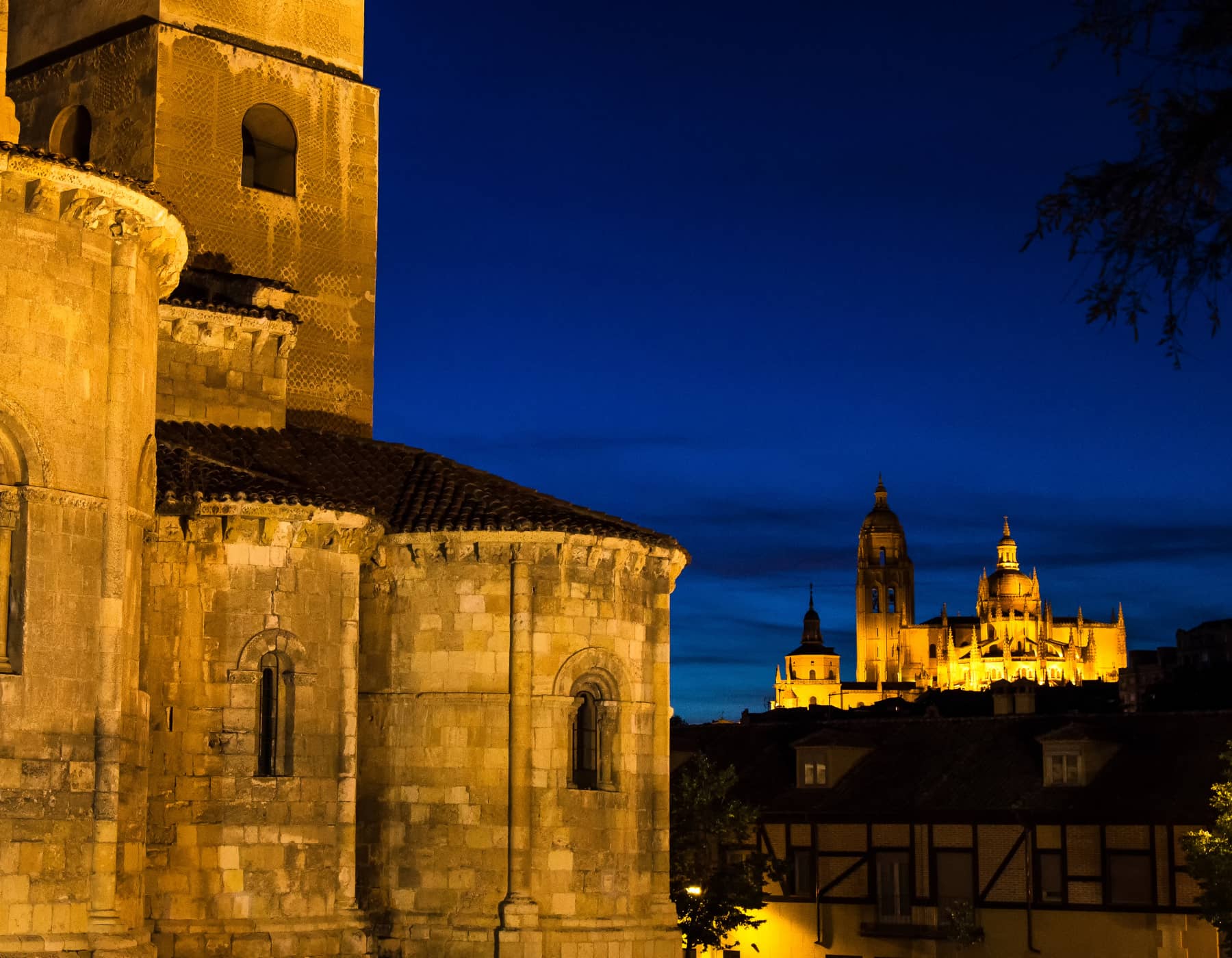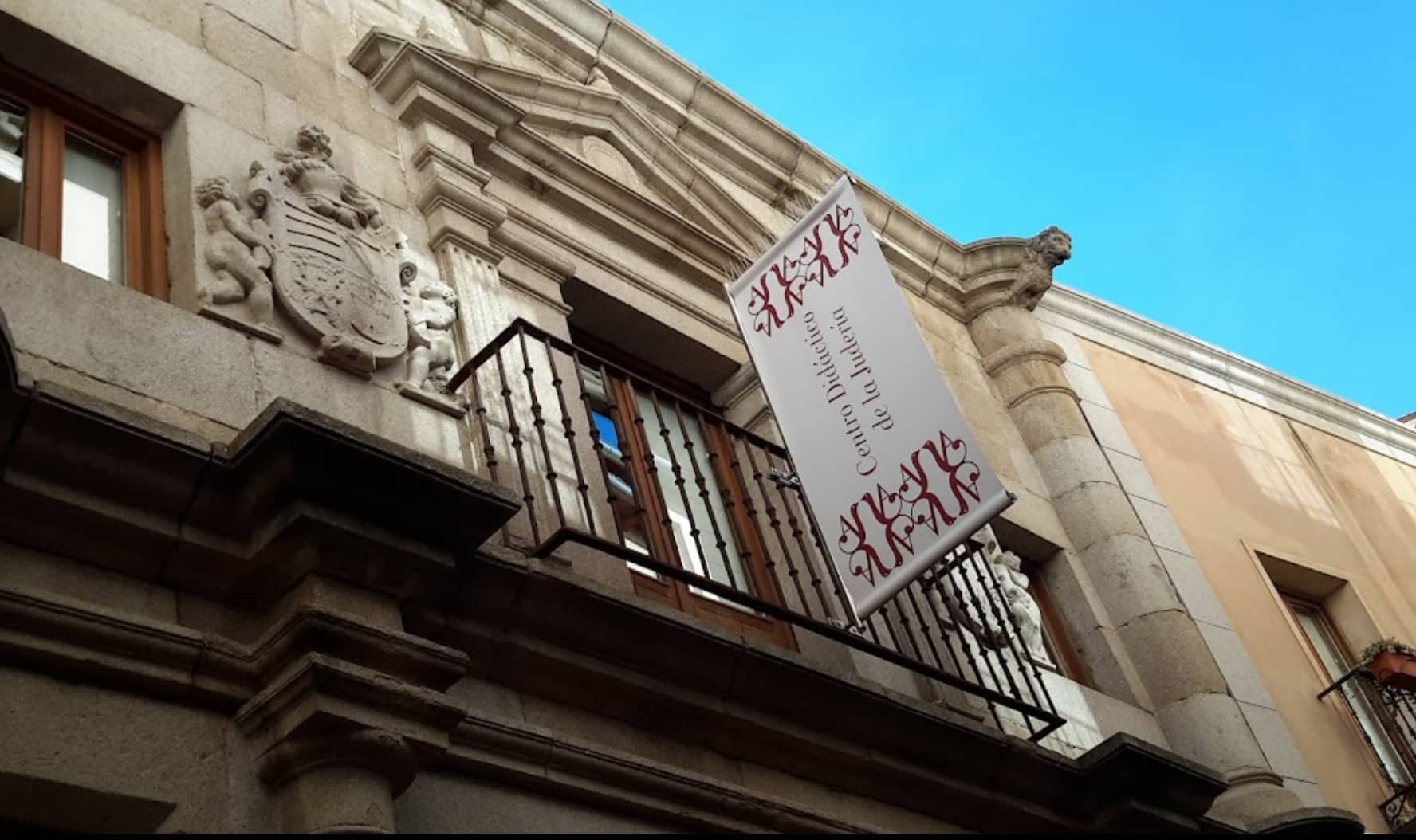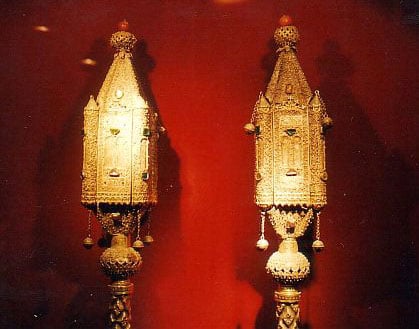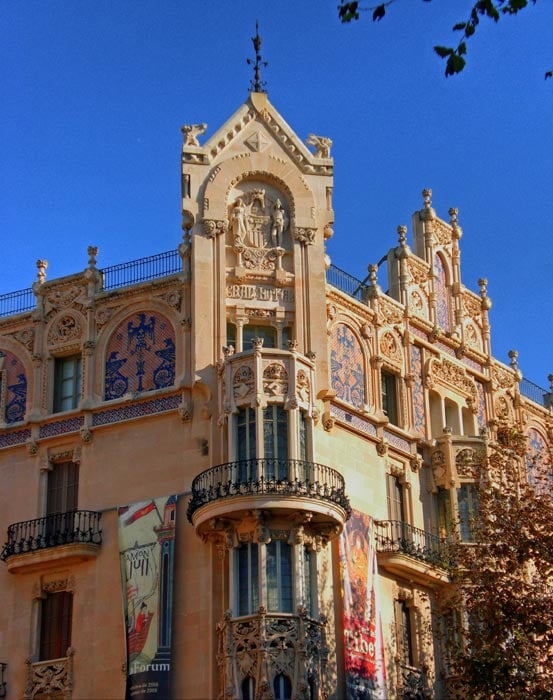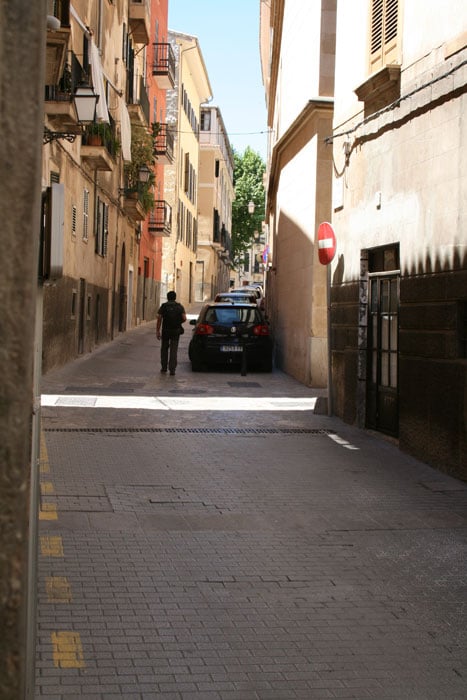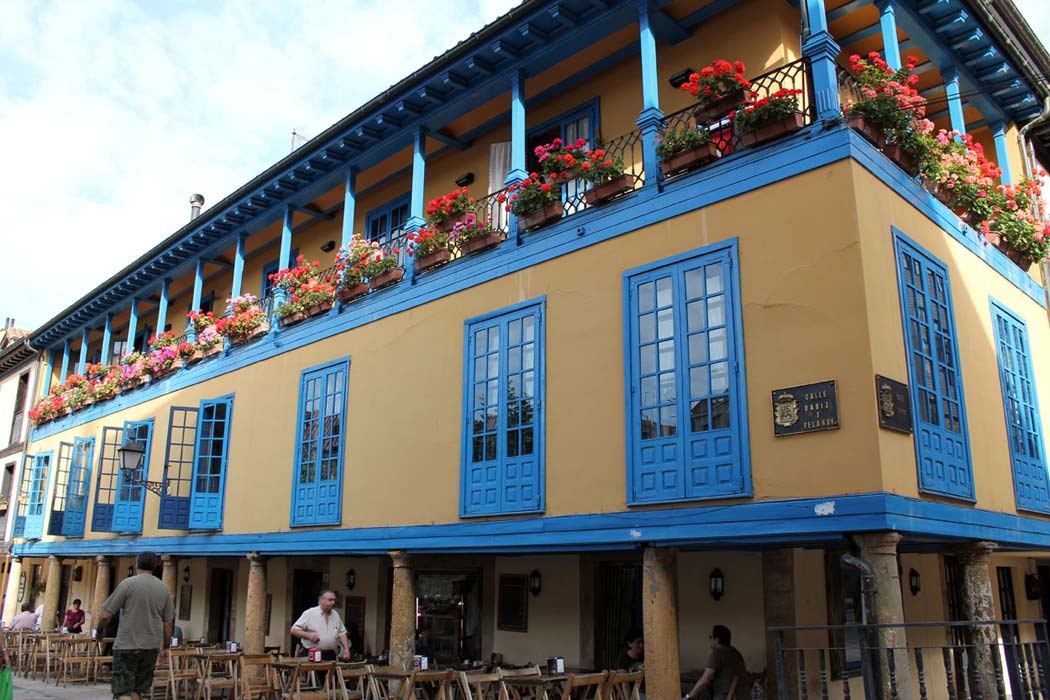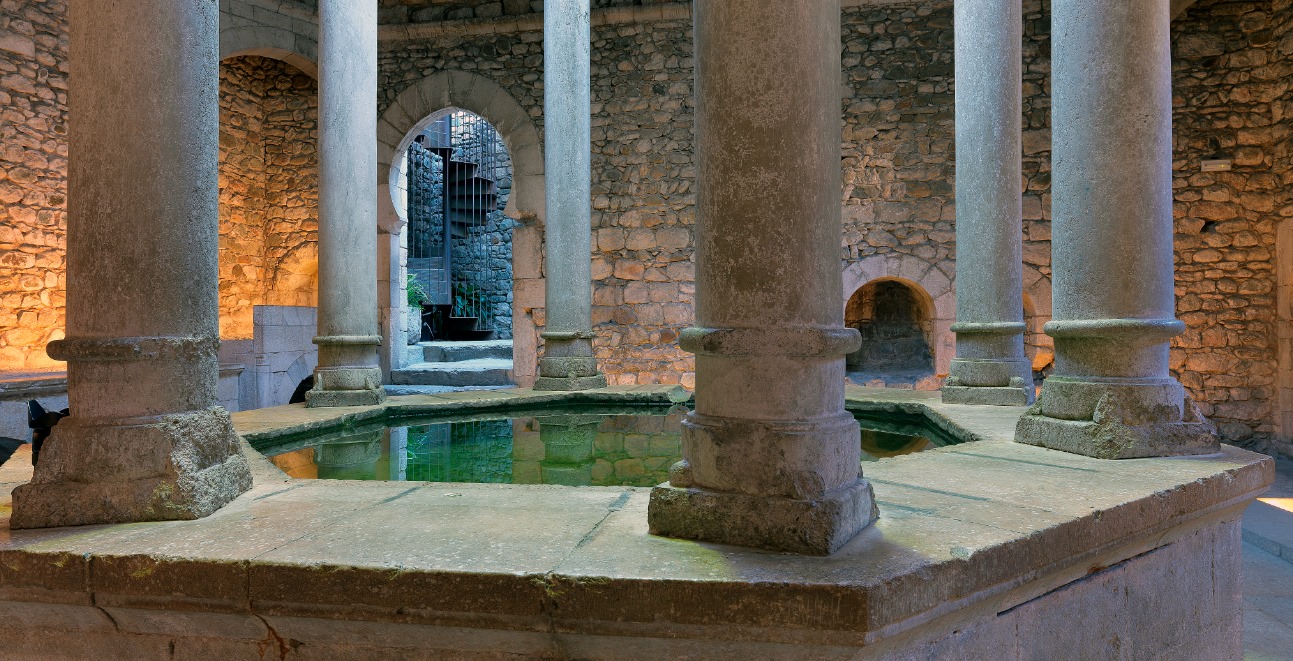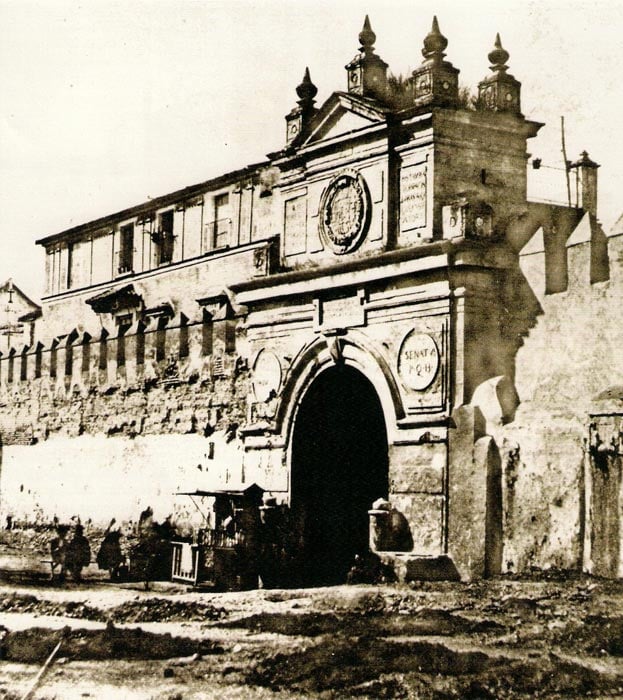San Andres Gate has also been known as the Puerta de la Judería or the Puerta del Socorro, and it is located on the south side of the walls of Segovia. It has two towers, one square and one polygonal, an arch, a gallery of irregular windows, loopholes, cornices, pyramidal battlements and heraldic shields. It is located in a strategic position overlooking the Río Clamores. It has been speculated that its construction could have been carried out by the master stonemason Juan Guas.
By the end of the 19th century, the wall tower had deteriorated and part of it had collapsed, and it was still in ruins until 1947. It was later restored back to its original appearance. On 3 June 1931 it was declared a historic and artistic monument, through a decree published in the Gaceta de Madrid signed by the President of the Provisional Government of the Second Spanish Republic, Niceto Alcalá-Zamora, and the Minister of Public Instruction and Fine Arts, Marcelino Domingo. It is currently classified as a place of cultural interest.
